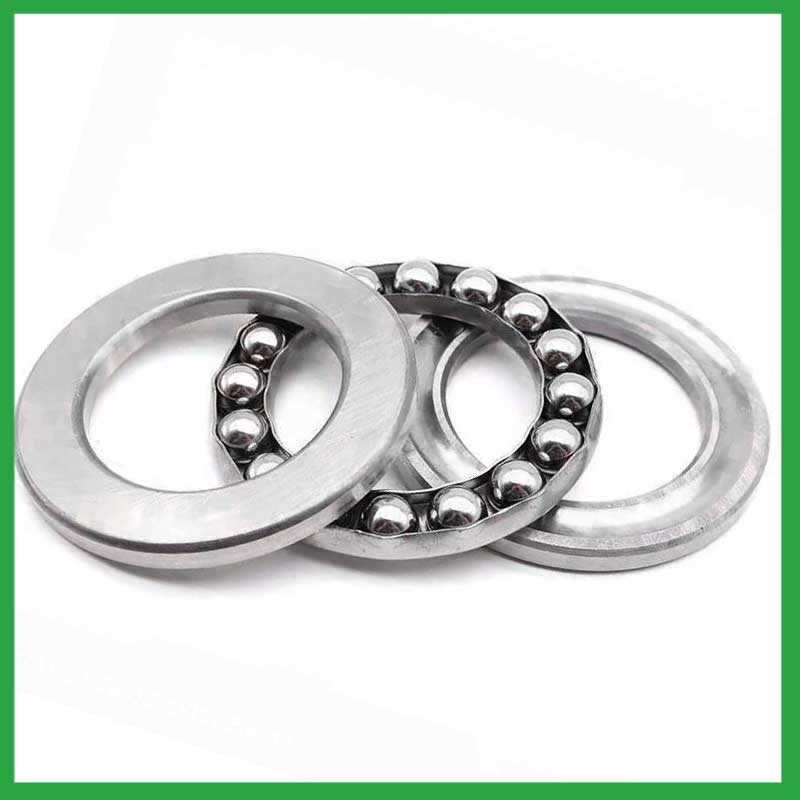PRODUCTS
CONTACT US
Ningbo Nide International Co., Ltd.
一一
· Contact person:Jack Zeng
· Mob/Whatspp/WeChat:0086-13738869026
· Email:emarketing@nide-group.com;marketing4@nide-group.com
· Add:No. 169, Wohushan Road, Daqi Subdistrict, Beilun District, Ningbo, China

Nide team could manufacture ball bearing as per customer’s drawing and samples.
If customer only has samples, we could also design drawing fo r our customer.
We also provide customized service.
Our ball bearing is widely applied the different industrials.
Haishu Nide International was established in 2010. We produce ball bearing,insulation paper,shaft,fan,carbon brush,commutator,thermal protector and other products. Our unwavering commitment to quality has been recognized by the National Testing Center and the Zhejiang Provincial Testing Center. We adhere to ISO 9001:2015 and CE statior standards, prioritize quality, and operate with integrity.
We prioritize quality and first-class service, constantly pursuing perfection. We have a deep understanding of the precise needs of our customers, and our important motor component manufacturing network and strict quality control system enable us to provide high-quality products to customers at reasonable prices.
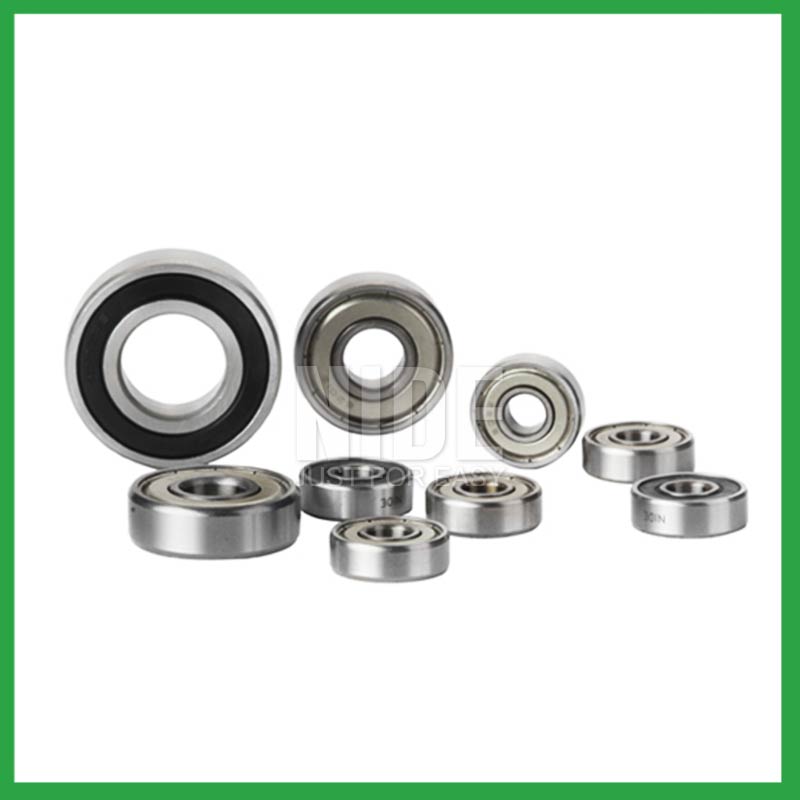
| Parameter | Information |
| Product Name | fixed alignment linear ball bearing |
| Brand Name | Nide |
| Place of Origin | Ningbo,Zhejiang,China |
| Type | Ball |
| Material | chrome steel, etc. |
| Sample | Avaible |
| Warranty | 3months-1year |
| Lubrication | Dry/ Oil |
| Application | textile machinery,automotive engines, etc. |
| Port | Ningbo/Shanghai |
| Size(mm) | customize |
| Export Country | Argentina,Brazil,South Korea,Mauritius,Comoros,Lesotho,Puerto Rico...etc |
| Export region | Asia,Africa,Europe... |
| Certification | ISO 9001 Certification,CE-stator coil forming machine,CE-stator coil winding inserting machine,etc |
| Precision Rating | as per customer's requirement |
| Feature | Strong carrying capacity,Good wear resistance...etc |
| Packaging Details | Suitable for sea transportation |
| Color | gray+customized |
| Seals Type | Rubber seals |
| Service | Prompt Delivery |
| Supply Ability | 100000-500000 Piece/Pieces per Month |
| Lead time (days) | 15-20 (To be negotiated) |
Please note: The above table data is for reference only. For specific information, please contact us.
fixed alignment linear ball bearing require thrust for installation, which can be achieved by using a combination ring made of steel sleeve and transmission rubber, or by using an adjustment plate to tighten the bolt to form a combination ring installation structure.
During the installation process, pollution from dirt and wear media should be prevented;
Temperature and humidity should be controlled to avoid excessive temperatures during startup and operation;
It should be operated and lubricated in the correct reverse direction to avoid unnecessary damage.
Ball bearings have many advantages, making them highly competitive in the market.
Firstly, they are very durable and have good wear performance, making their service life longer than many other types of bearings.
Secondly, they are easy to install and can provide low friction performance in various applications.
Thirdly, they require a relatively low level of maintenance, making them cost-effective.
In addition, compared to many other types of bearings, their purchase cost is relatively low, making them an economical choice.




fixed alignment linear ball bearing---FAQs Guide
2.Are there fixed alignment linear ball bearing designed for extreme temperature environments, such as cryogenic or furnace applications?
3.What are the fixed alignment linear ball bearing product skill training options?
4.What are the considerations for choosing between open, shielded, or sealed fixed alignment linear ball bearing in specific applications?
5.What is a ball bearing?
6.What is the role of fixed alignment linear ball bearing in reducing friction and wear in automotive applications, such as wheel hubs and transmissions?
7.Are there ceramic fixed alignment linear ball bearing designed for specific applications requiring high-temperature or corrosion resistance?
8.Are there self-aligning fixed alignment linear ball bearing that accommodate misalignment and shaft deflection in rotating equipment?
9.How do cage designs affect fixed alignment linear ball bearing speed and acceleration capabilities in high-speed machinery?
10.What are the advancements and innovations in fixed alignment linear ball bearing technology that have emerged in recent years?
11.How do preloaded fixed alignment linear ball bearing enhance rigidity and reduce clearance in high-precision applications?
12.Can fixed alignment linear ball bearing be used in both vertical and horizontal orientations?
13.What are the standard sizes and dimensions of fixed alignment linear ball bearing?
14.As a fixed alignment linear ball bearing manufacturer,can you supply samples?
1.What is the role of fixed alignment linear ball bearing in reducing friction and energy loss in rotating machinery?
fixed alignment linear ball bearing reduce friction by using smooth balls lubricated with oil or grease that freely roll between a smooth inner and outer surface. The main concept of the ball bearing is that objects that roll past each other produce less friction than if the objects were sliding against each other.
2.Are there fixed alignment linear ball bearing designed for extreme temperature environments, such as cryogenic or furnace applications?
High temperature fixed alignment linear ball bearing use specialized lubricants to stand up to high temperatures. Grease-packed bearings are pre-filled with fluorine grease for high temperatures, while YS and SJ bearings use molybdenum disulfide (MoS2) solid lubricant to withstand temperatures up to 350°C and 400°C respectively.
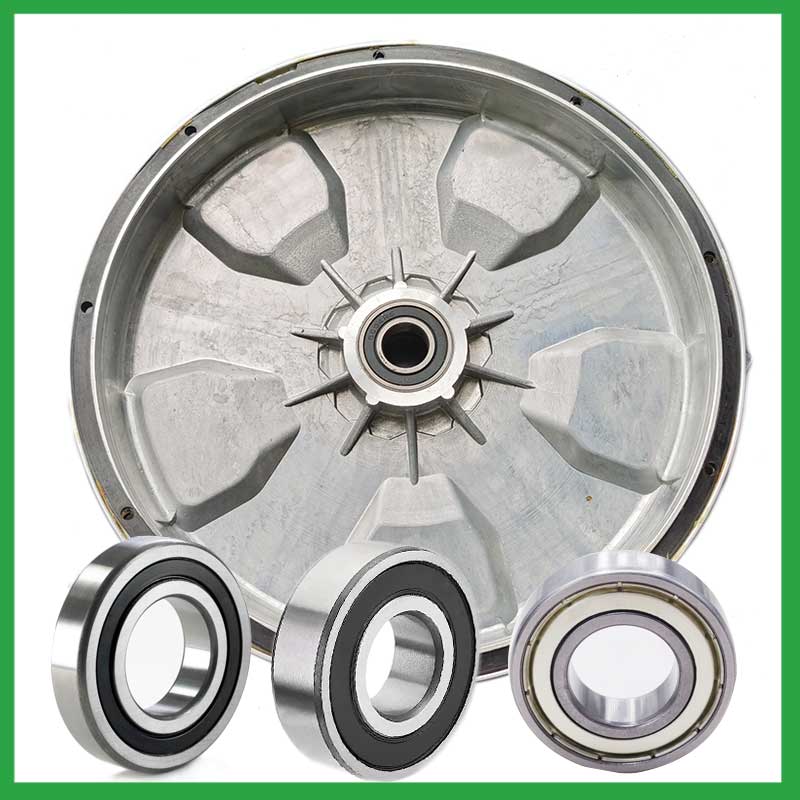
3.What are the fixed alignment linear ball bearing product skill training options?
Quality comes from being controlled rather than be done. On the basis of the escalating production equipment and optimized process, Nide spare no efforts and keeps improving for quality control. Quality assurance covered with system, technology and human resources are in full swing.
4.What are the considerations for choosing between open, shielded, or sealed fixed alignment linear ball bearing in specific applications?
While sealed bearings offer superior protection and maintenance advantages, shielded fixed alignment linear ball bearing can be more suitable in situations where minimal friction and operating temperature are crucial. It's essential to assess the operational environment and demands before making a selection.
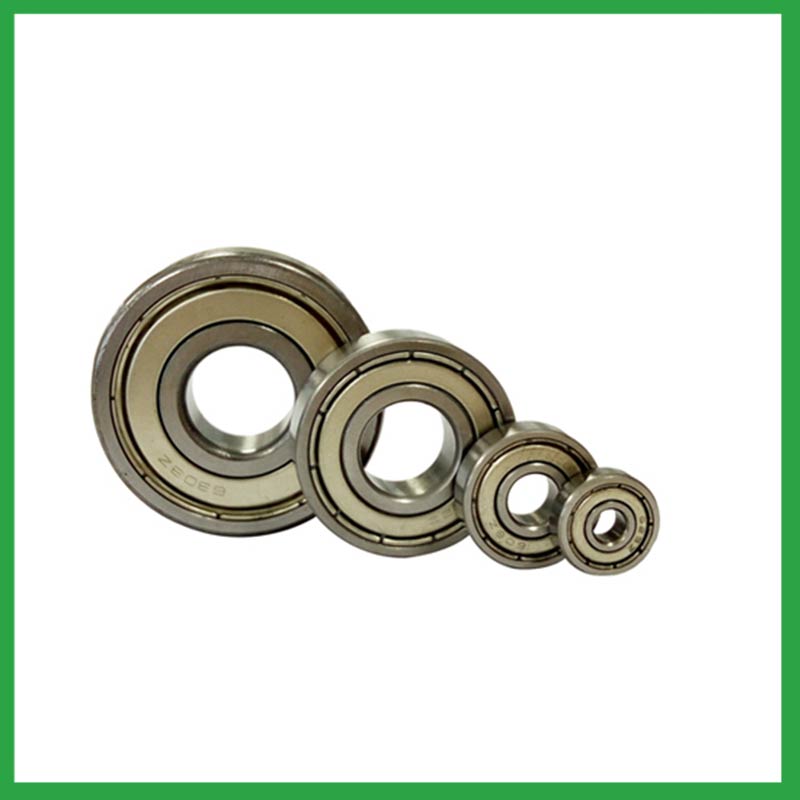
5.What is a ball bearing?
A ball bearing is a type of rolling-element bearing that uses balls to maintain the separation between the bearing races.
The purpose of a ball bearing is to reduce rotational friction and support radial and axial loads. It achieves this by using at least two races to contain the balls and transmit the loads through the balls. In most applications, one race is stationary and the other is attached to the rotating assembly (e.g., a hub or shaft). As one of the bearing races rotates it causes the balls to rotate as well. Because the balls are rolling they have a much lower coefficient of friction than if two flat surfaces were sliding against each other.
Ball bearings tend to have lower load capacity for their size than other kinds of rolling-element bearings due to the smaller contact area between the balls and races. However, they can tolerate some misalignment of the inner and outer races.
6.What is the role of fixed alignment linear ball bearing in reducing friction and wear in automotive applications, such as wheel hubs and transmissions?
When a load is applied to a ball bearing, the fixed alignment linear ball bearing roll freely between the inner and outer rings. This rolling action significantly reduces friction compared to sliding contact, resulting in smoother rotation and reduced wear.
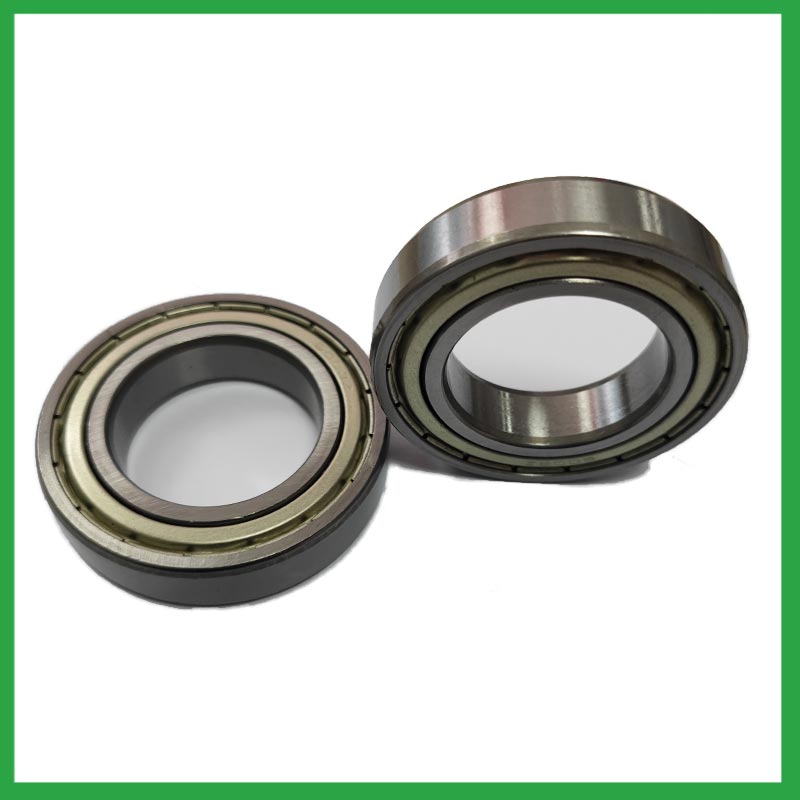
7.Are there ceramic fixed alignment linear ball bearing designed for specific applications requiring high-temperature or corrosion resistance?
Ceramic fixed alignment linear ball bearing are a special type of bearing made of ceramic materials, offering superior wear resistance, corrosion resistance, and high-temperature performance. They provide excellent performance in applications requiring high speeds, high temperatures, and resistance to corrosion.
8.Are there self-aligning fixed alignment linear ball bearing that accommodate misalignment and shaft deflection in rotating equipment?
These fixed alignment linear ball bearing are particularly suitable for applications where misalignment can arise from errors in mounting or shaft deflection. A variety of designs are available with cylindrical and taper bores, with seals and adapter sleeves and extended inner rings.
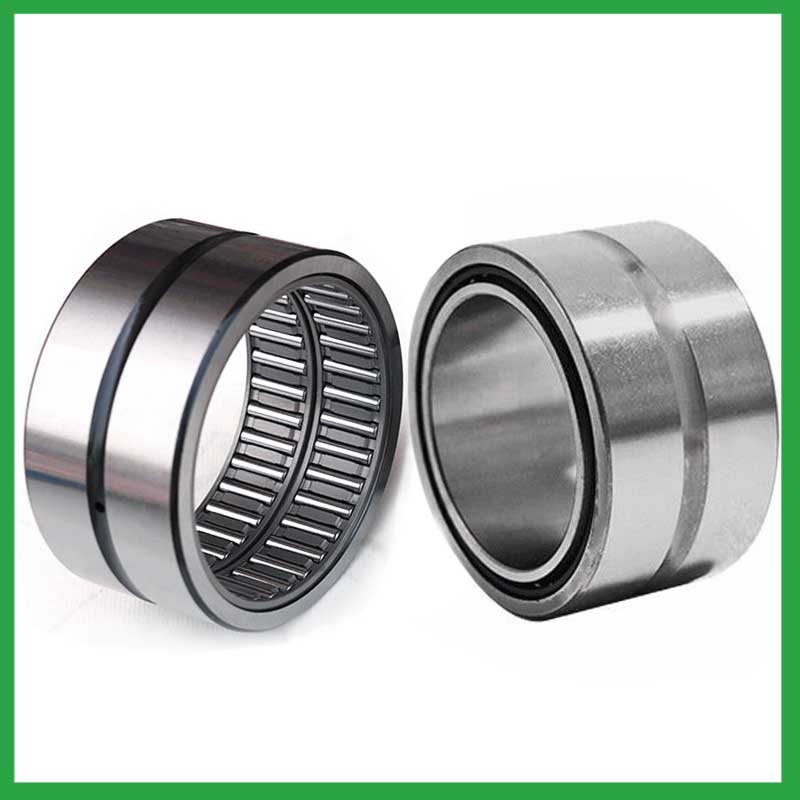
9.How do cage designs affect fixed alignment linear ball bearing speed and acceleration capabilities in high-speed machinery?
In high-speed fixed alignment linear ball bearing, external load has a great effect on cage stability and sliding ratio, especially for the bearings at work in the starting process. The cage stability is worse in the beginning of the bearing starting process. The axial load greatly influences cage dynamic performance in the bearing starting process.
In addition, while ball bearings worked under steady conditions, axial load and radial load both have a great influence on cage dynamic performance. The effects of axial load on cage dynamic performance during the bearing starting process are opposite from the effects under steady conditions.
10.What are the advancements and innovations in fixed alignment linear ball bearing technology that have emerged in recent years?
Significant advancements have been made in fixed alignment linear ball bearing steels over the years. Modern, ultra-clean bearing steels contain fewer and smaller non-metallic particles, giving ball bearings greater resistance to contact fatigue.
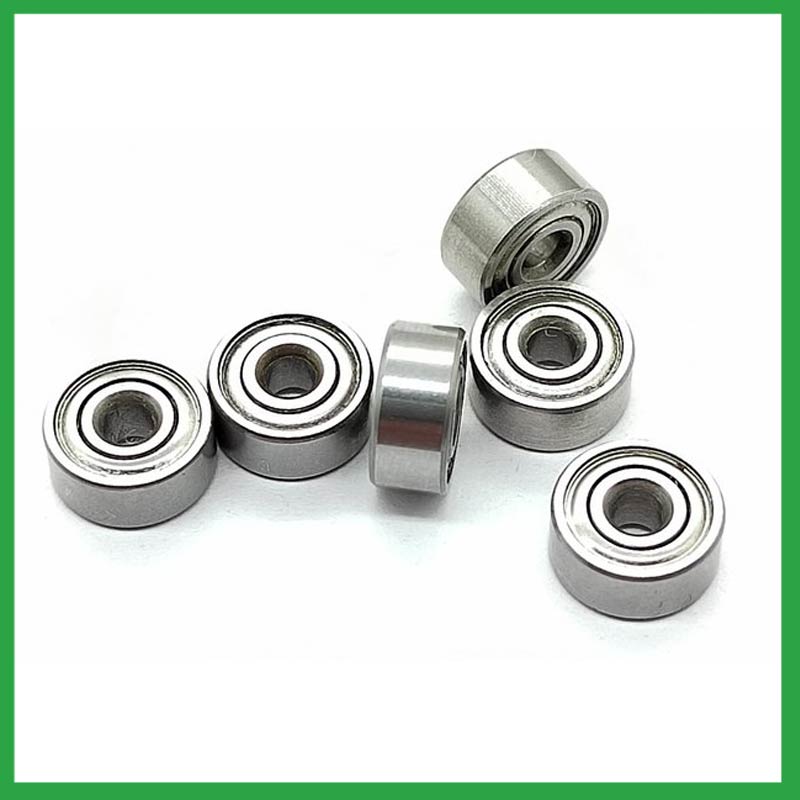
11.How do preloaded fixed alignment linear ball bearing enhance rigidity and reduce clearance in high-precision applications?
Enhance Rigidity: By applying a controlled axial force, preload increases the bearing's resistance to external forces and moments. This heightened rigidity is essential in applications where any deflection or misalignment must be minimized, such as in machine tools or robotic systems.
12.Can fixed alignment linear ball bearing be used in both vertical and horizontal orientations?
Sleeve Bearings: Sleeve bearings, also known as plain bearings, employ a simple yet effective mechanism. A cylindrical sleeve separates the rotating shaft from the stationary portion of the bearing, reducing friction and enabling smooth rotation. Sleeve bearings are characterized by their quiet operation, cost-effectiveness, and suitability for horizontal mounting orientations.
Ball Bearings: Ball bearings introduce small metal balls between the moving parts, providing enhanced durability and reduced friction. This design allows for smoother and more efficient rotation, making ball bearings well-suited for high-performance applications and vertical installations.
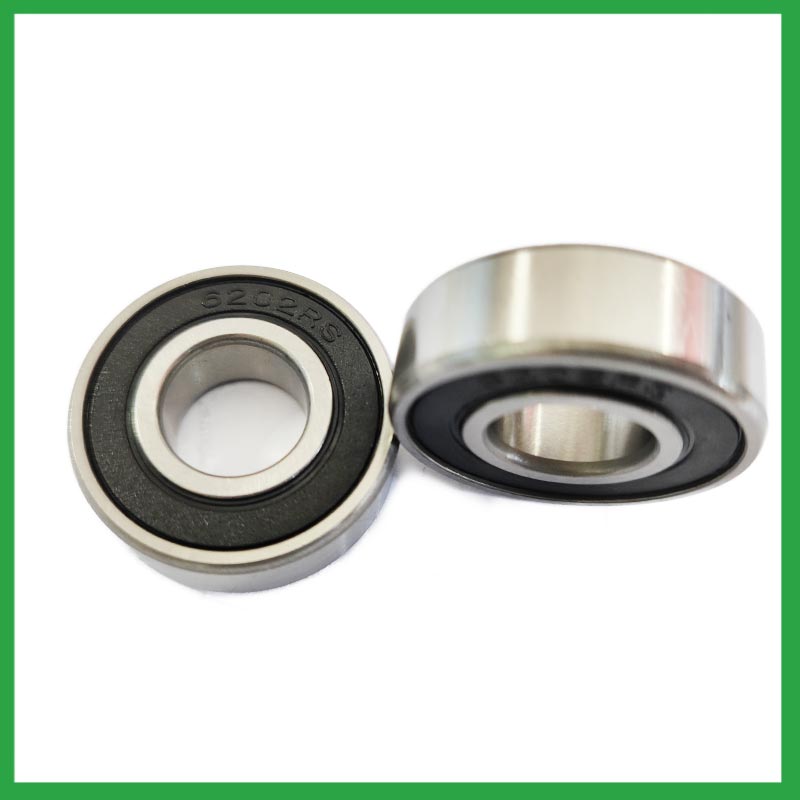
13.What are the standard sizes and dimensions of fixed alignment linear ball bearing?
fixed alignment linear ball bearing size charts are widely available, and can be used to find the measurements of a specific bearing. Series 6200 and 6300 are the most commonly used, and typically range from 10 x 30 x 9 mm (. 394 x 1.181 x . 354 in) to 150 x 320 x 65 mm (5.906 x 12.598 x 2.559 in).
14.As a fixed alignment linear ball bearing manufacturer,can you supply samples?
Sure, samples can be provided free of charge, and the buyer pay the postage of the sample.
